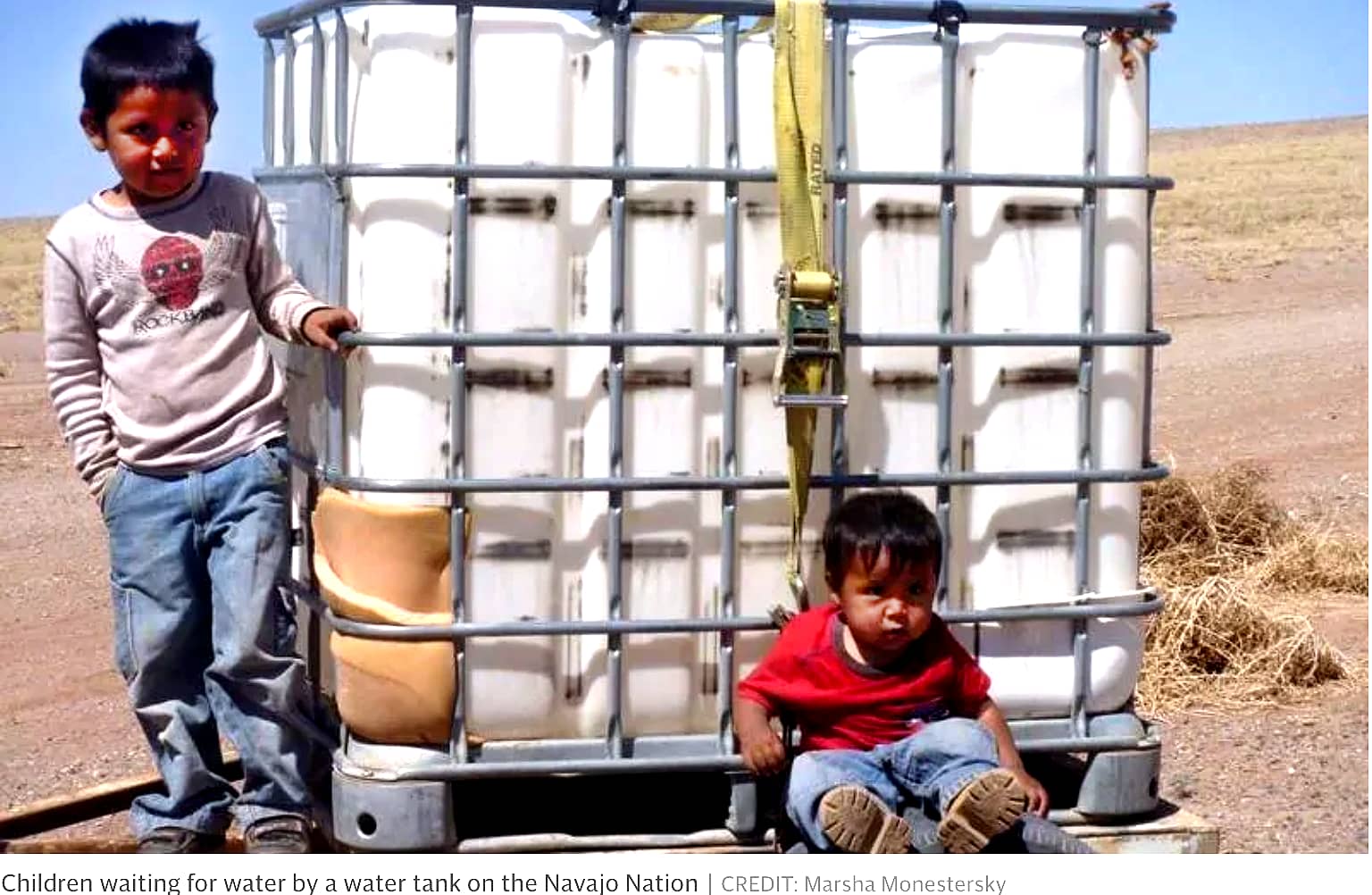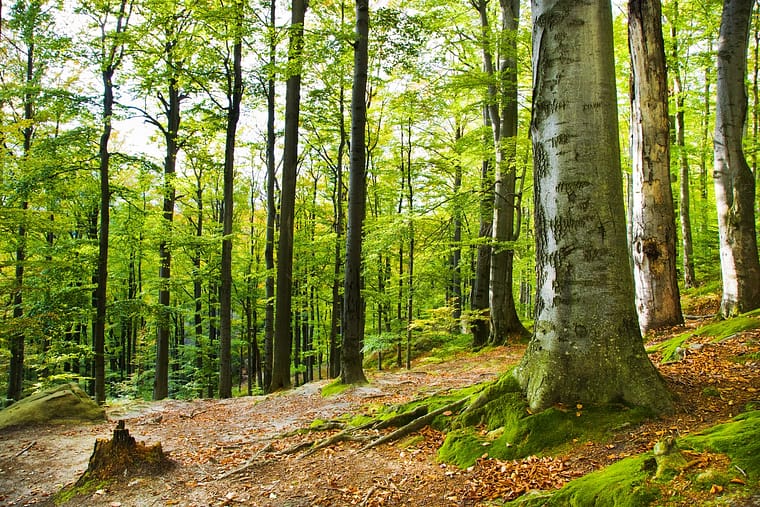March 2, 2022
Oped by Rev. Richard Killmer is a retired Presbyterian minister living in Maine
In May 2021 President Joe Biden announced a significant goal for his administration. To slow extinctions, mitigate climate change and ensure equitable access to the outdoors, the president has embraced a plan to conserve 30 percent of U.S. land and 30 percent of its ocean waters by 2030. Known as “30 x 30,” which is included in his America the Beautiful program, it is perhaps the most ambitious commitment to conservation by a U.S. president.
Today, protecting land is important for at least three reasons: the global extinction crisis, climate change and that not everyone has access to the outdoors. Since all three disrupt the earth and its people, land protection offers a remedy.
Let’s look at those three reasons: First, healthy ecosystems depend on plant and animal species as their foundations. Each species that is lost triggers the loss of other species within its ecosystem. Scientists predict that more than 1 million species are on track for extinction in the coming decades. More than a century of habitat destruction, pollution, the spread of invasive species, overharvest of the wild, climate change, and other human activities have pushed nature to the brink.
Humans depend on healthy ecosystems to purify our environment. Without healthy forests, grasslands, rivers, oceans and other ecosystems, we will not have clean air, water, or land. If we allow our environment to become contaminated, we risk our own health.
Second, inequitable access to the outdoors also impacts community health. Outdoor recreation is the most common way that Americans come to know their public lands and waters and develop a stewardship ethic. Everyone in North America, no matter where they live, deserves access to outdoor opportunities and to have the benefits of nearby green spaces for their mental and physical health. COVID-19 made very clear that not everyone has safe and accessible local green spaces.
Interlaced with inequitable access to the outdoors and biodiversity loss is the challenge of climate change, the third reality. It is clear to most Americans that we are experiencing wildfires, droughts, intense heat waves, intensified hurricanes, storms, sea level rise, and floods which are exacerbated by human beings. Tragically, these impacts are not felt equally. Those who are on the frontlines of climate impacts are most often communities of color and low-wealth communities.
Twenty-six percent of U.S. ocean waters are now protected, consistent with the goals of “30 x 30,” but only 12 percent of the land. The goal of conserving 18 percent more of the land within this decade means protecting an area more than twice the size of Texas. It is an enormous challenge and requires carefully assembling a patchwork of not only public, but also private land.
It’s imperative that the administration takes ambitious conservation action in 2022. With only three years left in the current term and eight years left before 2030, the actions taken by the Biden-Harris administration over the next year will determine if the United States meets its conservation goals. It is also important that faith communities take action to conserve their land.
We understand that human flourishing is dependent on our relationship with creation. Human beings depend on nature for resilience to extreme weather events, illness, and invasive species attacks on our food systems. Importantly, we must embed the call for environmental justice in conservation planning to ensure the life-sustaining benefits of nature are accessible to all people, especially communities of color and economically disadvantaged communities.
The “30 x 30 plan” is ambitious, but will help determine how well we humans will thrive and have abundant life in the future on this planet of ours, our common home.
Like this:
Like Loading...
Related




